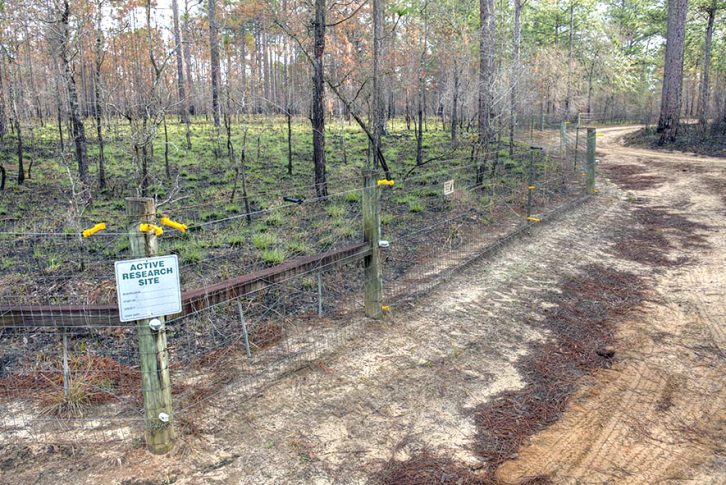Natural Resources Research & Management
Natural Resources Research & Management
Our current research studying the effects of predation and competition can be broken into two general areas, direct versus indirect influences.
Our work with direct influences includes topics such as:
We also study the indirect effects of interactions between animals. While the indirect effects of competition have been studied for decades, the indirect effects of predation have been less explored until recently. Much of that work, including that conducted at the Jones Center, suggests that the indirect effects of predation may have greater impacts on prey population dynamics than the direct killing of prey by predators.
Much of our current research involves the study of indirect effect of predators on their prey and includes topics such as:

